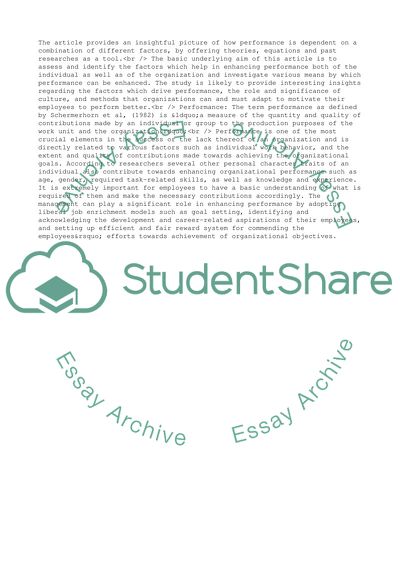Cite this document
(Promoting Individual and Organizational Performance Research Proposal, n.d.)
Promoting Individual and Organizational Performance Research Proposal. Retrieved from https://studentshare.org/management/1720261-international-management-behaviour
Promoting Individual and Organizational Performance Research Proposal. Retrieved from https://studentshare.org/management/1720261-international-management-behaviour
(Promoting Individual and Organizational Performance Research Proposal)
Promoting Individual and Organizational Performance Research Proposal. https://studentshare.org/management/1720261-international-management-behaviour.
Promoting Individual and Organizational Performance Research Proposal. https://studentshare.org/management/1720261-international-management-behaviour.
“Promoting Individual and Organizational Performance Research Proposal”, n.d. https://studentshare.org/management/1720261-international-management-behaviour.


